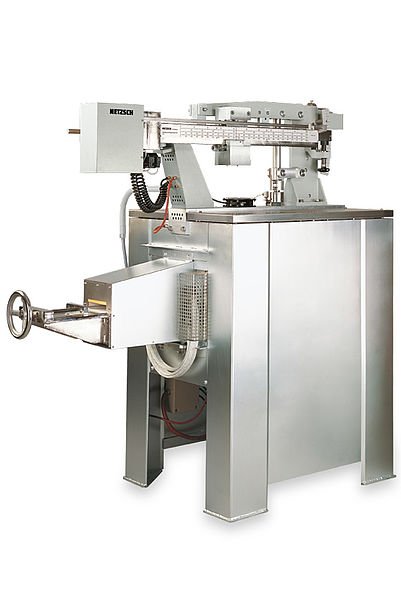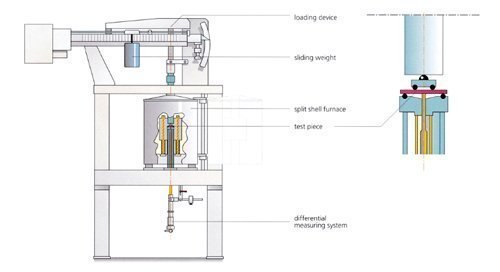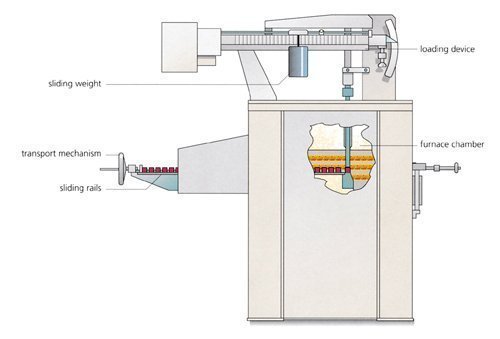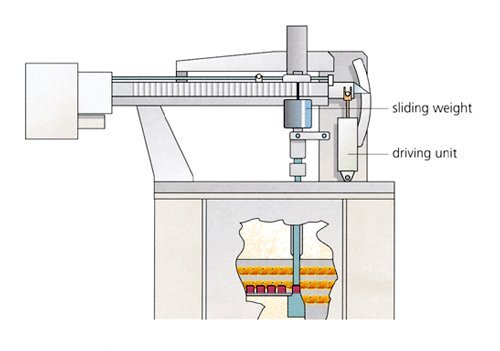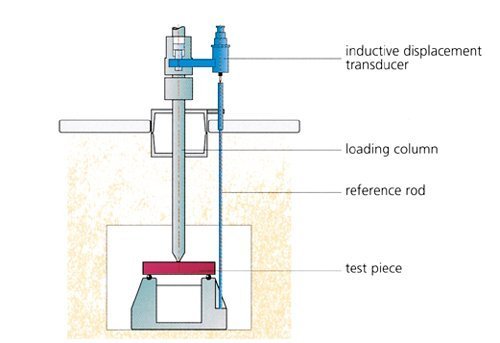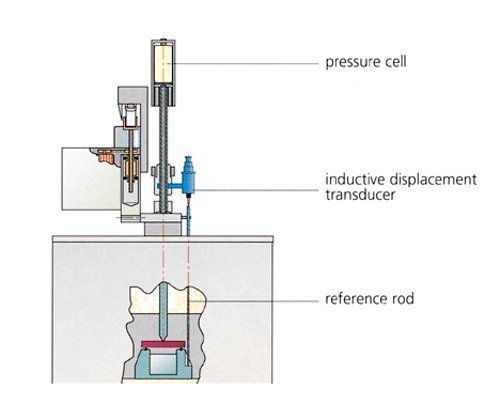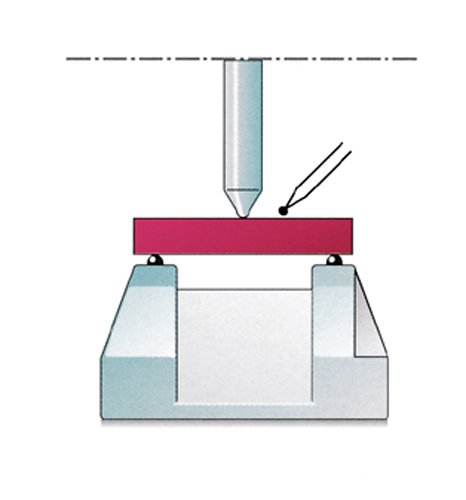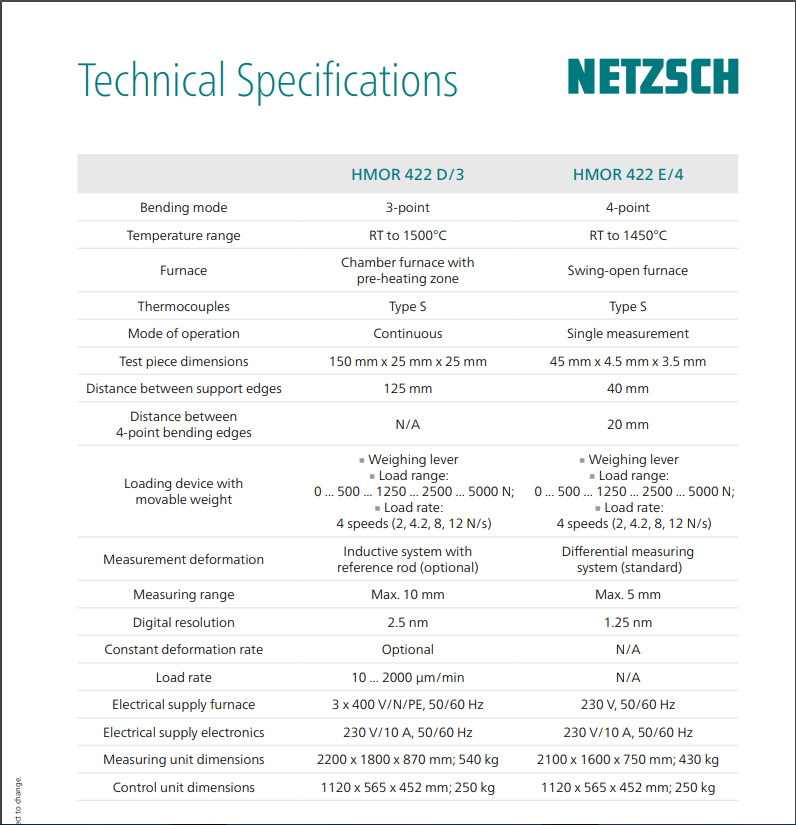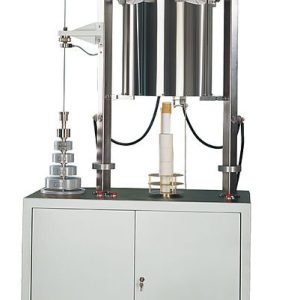תיאור
Modulus of Rupture (MOR) of refractory ceramics up to 1500°C
The modulus of rupture (MOR) is an important variable in the characterization of refractory materials. Determination of the maximum load at high temperatures is a property which, along with other thermophysical properties, is an important parameter for quality control and development of furnace linings.
The modulus of rupture is defined as the maximum stress a rectangular test piece of specific dimensions can withstand in a 3-point bending test until it breaks, expressed in N/mm2 or MPa.
The International Standard Test Method is described in ISO 5013;
test piece dimensions: 150 mm x 25 mm x 25 mm.
For determination of the modulus of rupture of refractories up to a temperature of 1500°C and a maximum load of 5000 N (60 N/mm2), NETZSCH offers the model 422 D/3. This model is designed for continuous testing with a 3-point bending device.
With optional devices for load and deformation measurement and/or constant deformation rate, additional information about the limits of elasticity and crack propagation in ceramic test pieces can be obtained.
The modulus of rupture model 422 E/4 is used to test small single test pieces in accordance with the 4-point load method with a distance between support edges of 40 mm. Inserting the test piece is simplified by the user-friendly split shell furnace (maximum temperature 1450°C). This unit uses a differential measuring system like that used by the RUL/CIC 421 for accurate determination of the test piece deformation.
Key Technical Data
| Bending support: SiC |
Heating elements: SiC |
Temperature range: RT to 1500°C (1450°C at HMOR 422 E/4) |
| Temperature measurement: type S thermocouples |
Bending measuring range: 10000 µm (2500 µm at 422 E/4) |
Load: 1 N to 5000 N (2.0 to 12.5 N/s, switchable) |
| Atmospheres: air, static |
Bending mode: 3-point (4-point at 422 E/4) |
Sample dimensions: 150 mm x 25 mm x 25 mm (45 mm x 4.5 mm x 3.5 mm at 422 E/4) |
The International Standard Test Method is described in ISO 5013;
test piece dimensions: 150 mm x 25 mm x 25 mm.
Software
Both HMOR 422 D/3 and 422 E/4 run under Proteus® Software on Windows®. The Proteus® software contains all operations required to carry out measurements and, independent from that, for evaluation of the data, in part in MS EXCEL®. Through the combination of easy-to-understand menus and automated routines, a tool has been created that is extremely user-friendly and, at the same time, allows sophisticated analysis. The Proteus® software is licensed with the instrument and can of course be installed on other computer systems.


